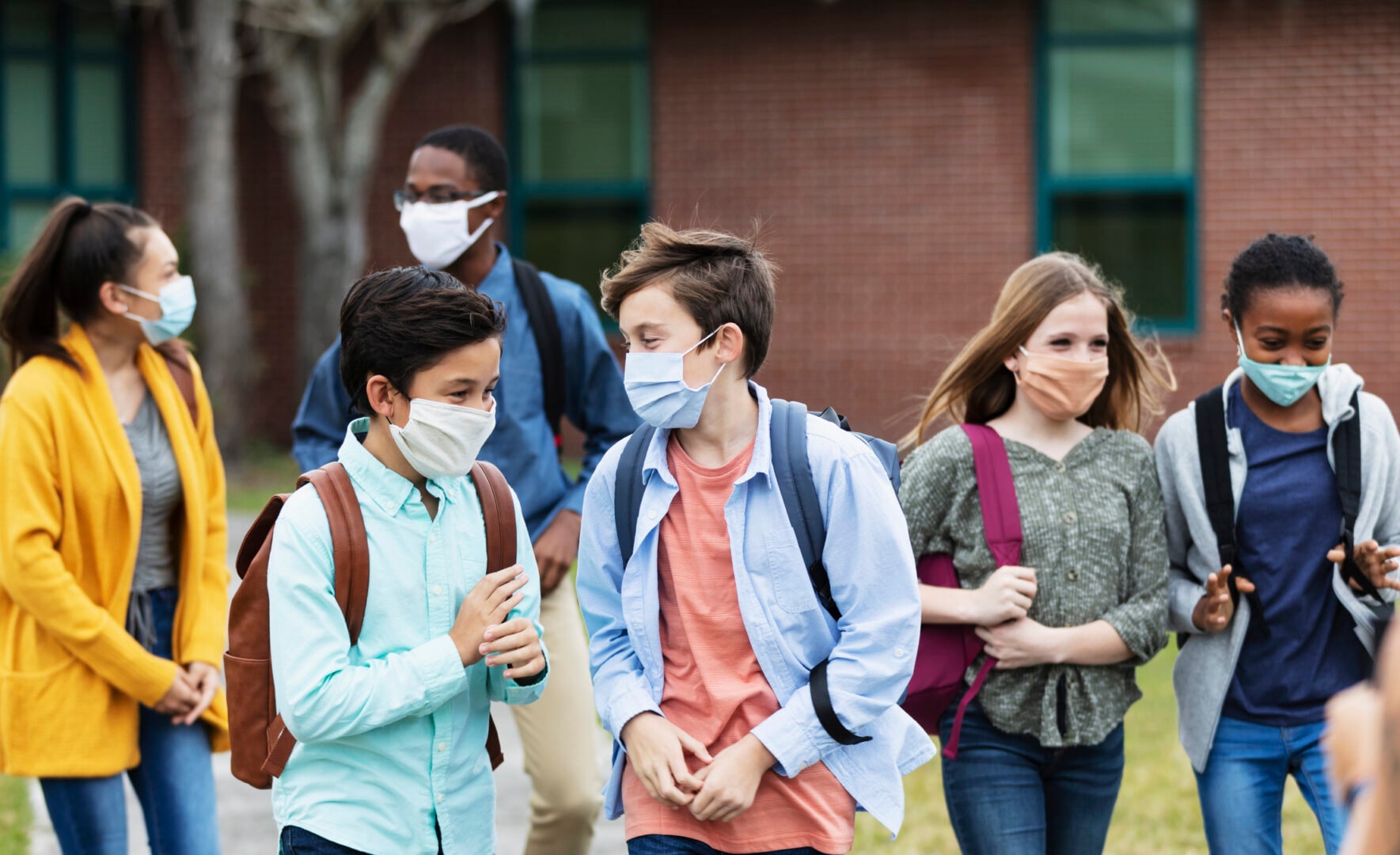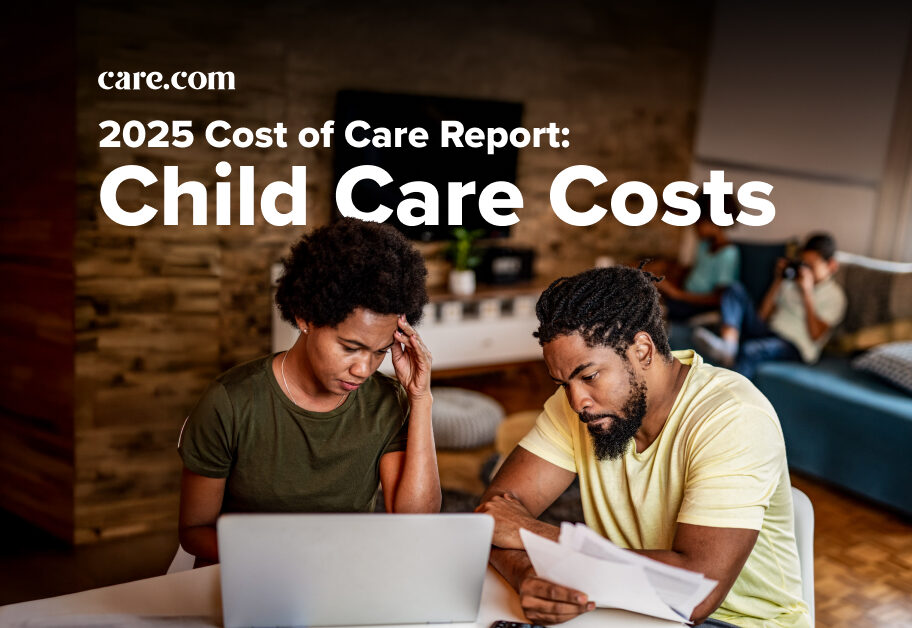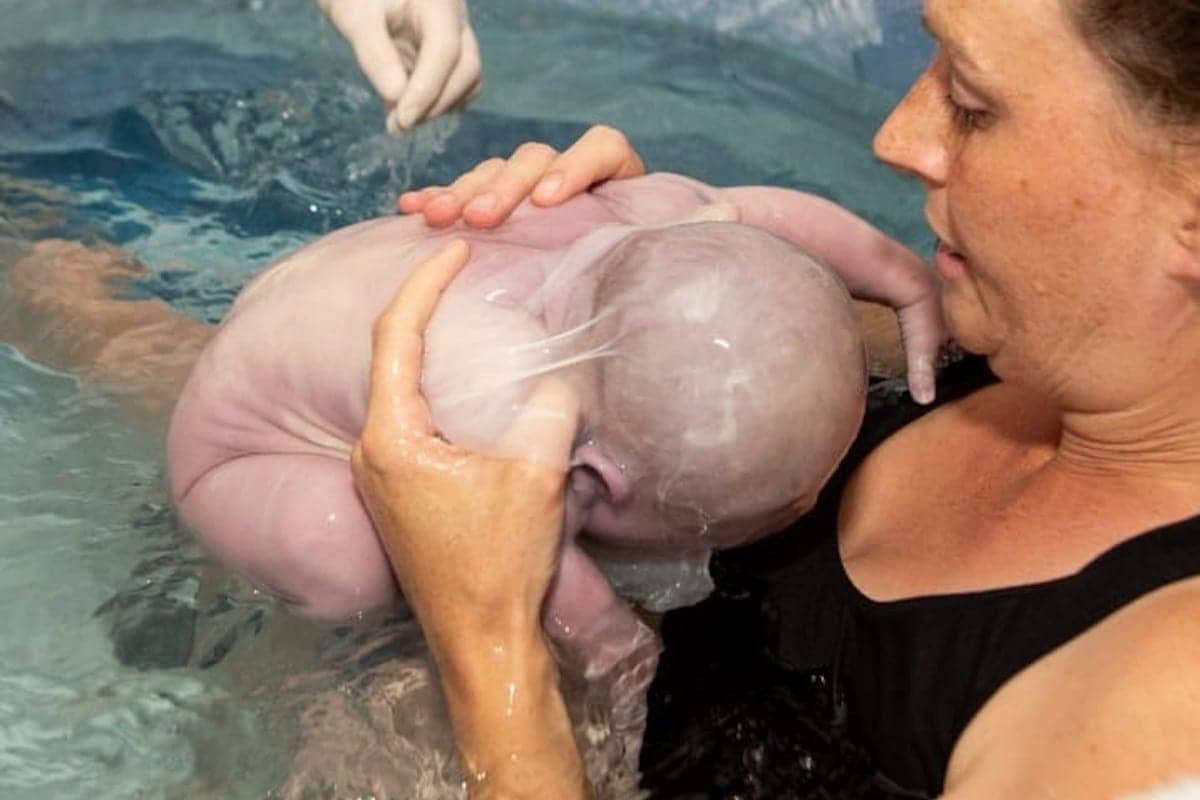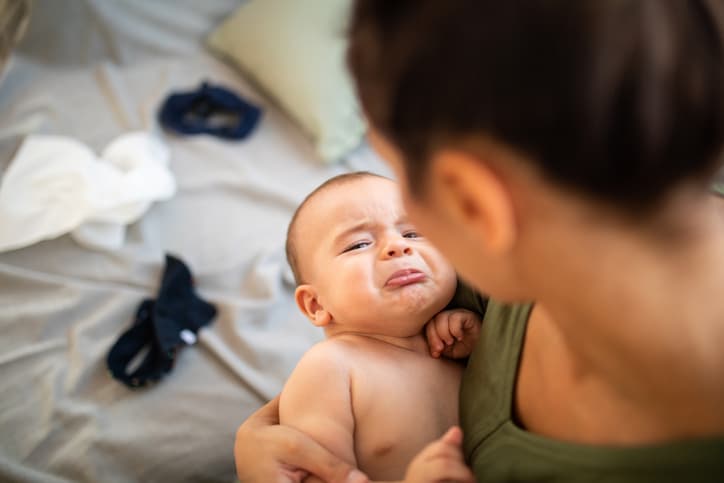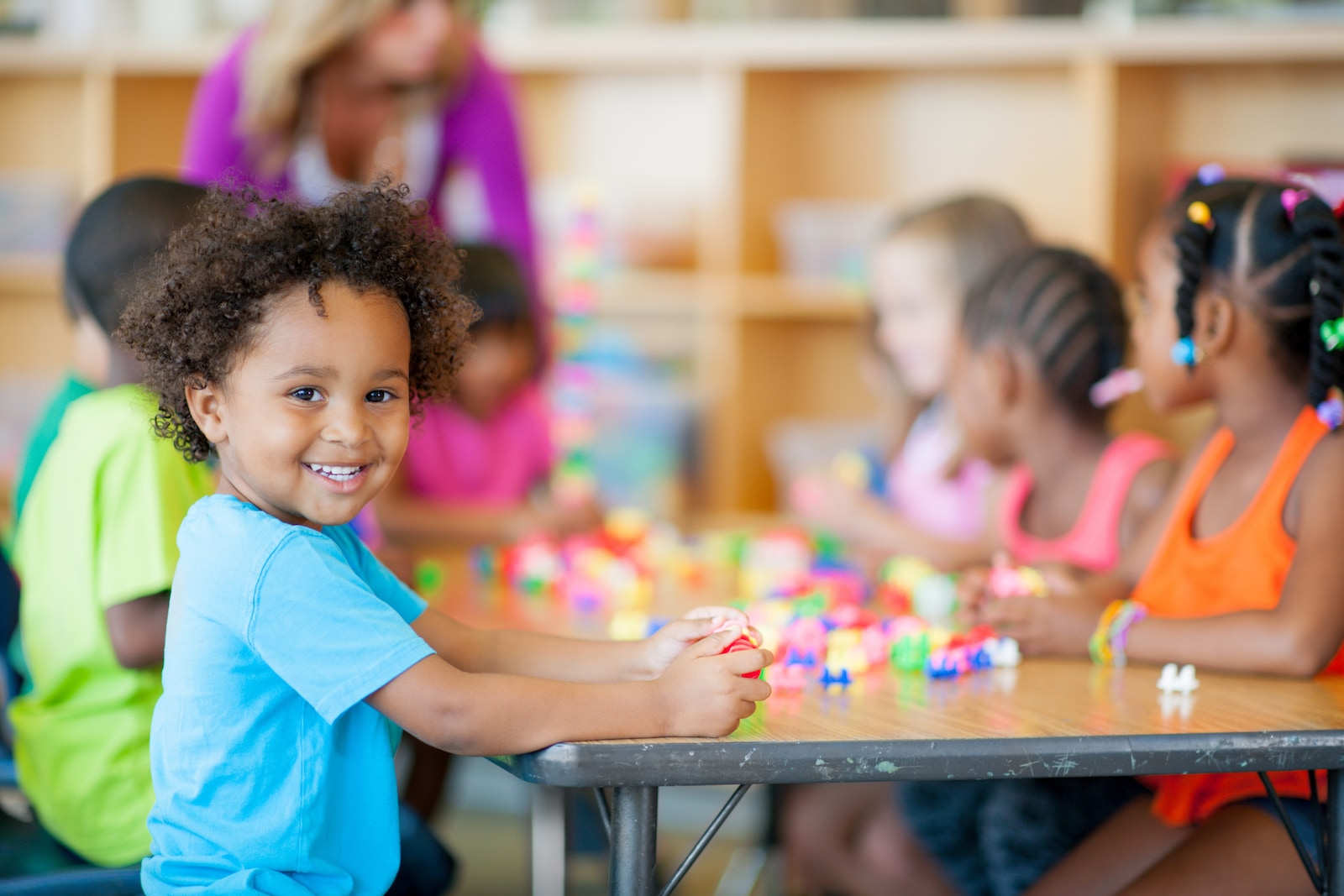The return to school after winter break has been anything but peaceful for students, school staff and their families. This week, the number of new COVID cases in the U.S. is on track to triple the previous case rate record set during this time period last year. In the wake of exponential cases, schools are experiencing widespread absences and teacher shortages, and many districts are struggling to make decisions about whether to keep classrooms open at all.
Burbio, a tool that tracks public school disruptions nationwide, reports more than 5,409 school closures during the first week of January. In Baltimore, more than a third of public schools are shifting back to online classes amid rapid increases in COVID cases. A large number of schools in Arkansas, Pennsylvania and Georgia are doing the same. In New Jersey, the governor has reinstated a statewide mask mandate for schools “for the foreseeable future.” In Chicago, kids have been at home for days as the local teachers’ union battles with officials over COVID-19 safety protocols.
In areas where schools remain open, parents report a high number of teachers and students missing classes each day. Substitute teacher shortages are being reported nationwide, from Hawaii to New Jersey, as well as reports of administrative staff filling in to teach classes and do cafeteria and maintenance work.
Journalist Dan Sinker writes for Esquire that some teachers have told him their classrooms are “half empty, a quarter empty,” and in some cases, “districts have sent emails begging parents to fill in as substitutes.”
“A fifth of the teachers in my kid’s high school are out with Covid,” one parent writes on Twitter. “It’s great to insist that schools stay open, but it’s kind of hard to do that without teachers.”
Many parents are also debating the safety of keeping kids in school while COVID cases rage.
Others are certain kids need to remain in school to prevent possible negative effects of missed classes. “It is important more than ever that our schools stay open to not make this learning loss worse,” another person adds.
Earlier today, students at Brooklyn Technical High School in New York took matters into their own hands and walked out in a protest of inadequate COVID-prevention safety measures at school amid the omicron surge.
On January 6, the Centers for Disease Control and Prevention (CDC) revised their guidance for preventing COVID transmission in K-12 schools. The updated recommendations include:
- Indoor masking in K-12 schools for all individuals ages 2 years and older.
- Hand-washing and respiratory etiquette, such as covering coughs.
- A 5-day quarantine for exposed students and staff who are not fully vaccinated and boostered, if eligible.
- Isolation of those with COVID symptoms or a positive COVID test.
- Staying home when sick.
The guidelines also include instructions on the CDC’s Test To Stay initiative, in which the organization advises that exposed students and staff in schools with contact tracing and access to testing resources can be allowed to stay in class if:
- They wear a mask.
- They have regular negative COVID tests in the five to seven days following exposure.
Rachelle Walensky, the CDC’s director, writes on Twitter that the updated guidance is intended to provide “tools necessary to keep schools open for in-person learning.”
Studies show the omicron variant may be more mild than other variants; however, COVID cases among kids are still rising at a serious rate. For the week ending January 6th, over 580,000 new child COVID-19 cases were reported. According to the American Academy of Pediatrics, this number represents a 78% increase over added cases during the week of December 30. Additionally, the CDC reports an average of 830 kids with confirmed COVID cases are being hospitalized per day.
Experts expect the omicron-driven COVID wave to peak in late January. Until then, it seems many parents and school staff members face an uphill battle in trying to prevent virus transmission and support kids while we wait for yet another curve to finally flatten.
